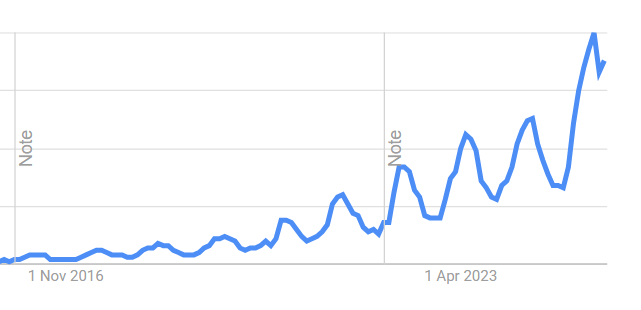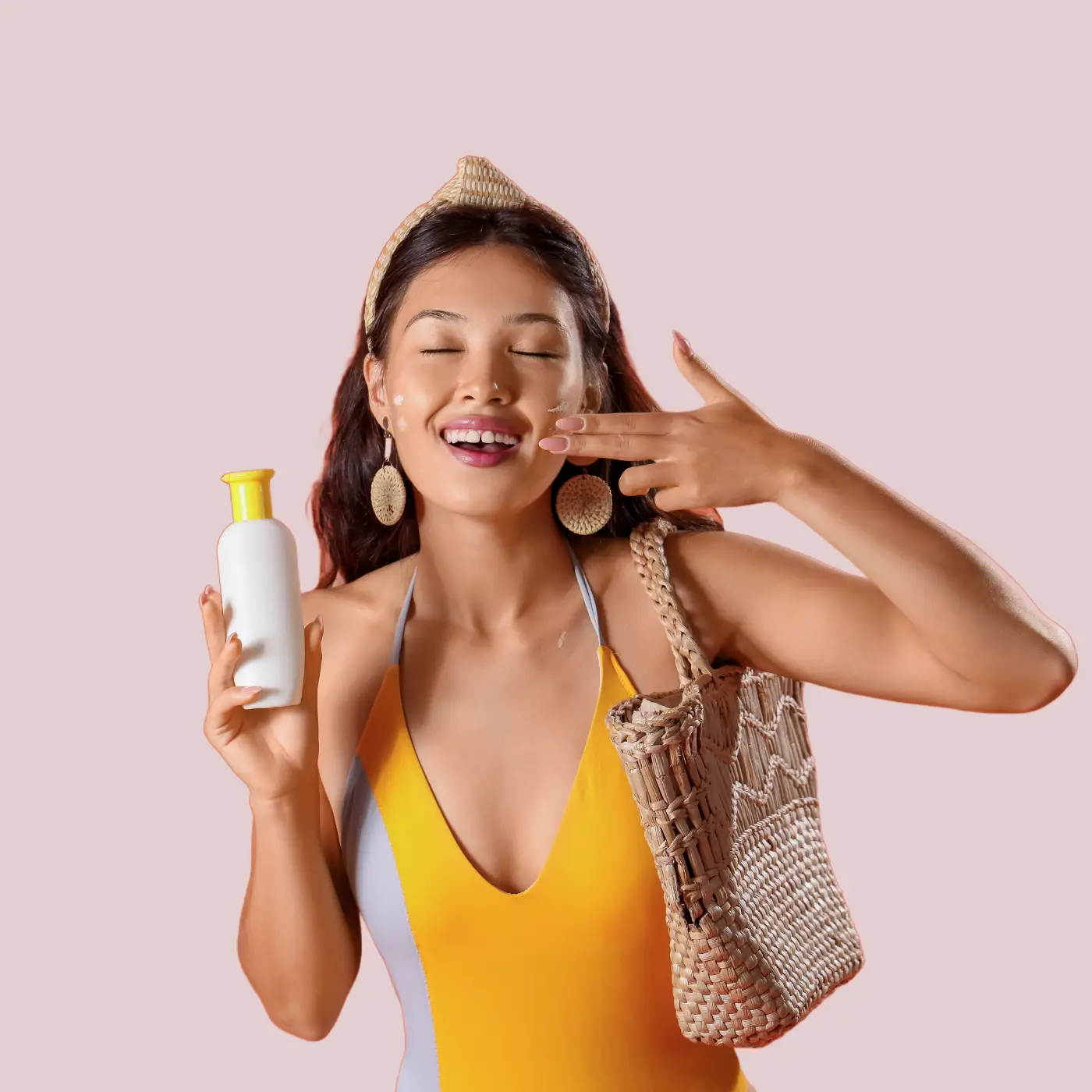As summer heat peaks, consumers are buying skin protection products at unprecedented rates.
Tinted sunscreens now dominate this surge. These hybrid products combine sun protection with skin-toned coverage, fueling a “no make-up make-up” trend that appeals to a growing majority of shoppers.
In fact, search for tinted sunscreens grew 86.9% year-over-year across platforms, with Google searches jumping more than 200% since last year.

But consumer enthusiasm meets a persistent problem: shade-matching failures.
The problem: Tinted sunscreen shade matching
Many tinted sunscreens still offer limited ranges. Brands historically provided few “universal” tints claiming to blend with most skin tones. Reality differs. A single tint rarely suits everyone.
When explaining what a tinted sunscreen is and what its biggest challenge is, one Reddit user noted:
“Tinted sunscreen has a skin-toned tint to block damage from physical light and to help cancel out any white cast from sunscreen. But, it’s often hard to find a tint that actually matches your skin tone.”
Unlike clear sunscreens, tinted ones must match the wearer’s skin tone (or at least blend in) to look flattering. But limited shade selections have long been an issue. Many tinted moisturizers or sunscreens come in only 2–4 shades or even a single “one-size-fits-all” tint.
This mismatch creates a cascade of returns, inefficiencies, and environmental waste.
In one of our previous blog posts, we dubbed the returns-and-waste cycle a “$13 billion leak” in beauty.
This challenge is amplified in online shopping. Without an in-person try-on, consumers often rely on shade names, descriptions, or photos (which can be inaccurate due to lighting or screen differences).
It’s no surprise that complexion products top the list of most-returned beauty items. For example, foundations are frequently sent back due to shade-mismatch issues.
A tinted sunscreen can face the same fate if the color doesn’t blend as expected.
Beyond financial impact, returned cosmetics often can’t be resold; they’re thrown away due to hygiene standards, contributing to landfill overflow.
Why gamble on static product shots?
Seriously, why, when you can offer a live, hyper-realistic preview? And you can do that with a shade finder tool for tinted sunscreens that shows exactly how a tinted sunscreen blends with a person’s skin tone before they buy.
Arbelle’s makeup AR makes that possible on any device. With the help of a tinted sunscreen finder, customers see the finish, coverage, and undertone match in their own lighting, which removes uncertainty and builds trust in the purchase.
When shoppers know a product will work for them, two things happen. Returns drop and conversions go up.
Our Beauty tech benefits report shows that removing friction from shade selection leads directly to more confident checkouts and stronger repeat purchase rates.
The sustainability gains are just as important. In How AR tech cuts cosmetic waste, we show that shade mismatches are a major driver of waste. By helping customers get it right the first time, brands protect their margins and cut their environmental footprint.
Virtual try-on also solves a problem tinted sunscreen brands have been slow to address. Inclusivity.
Our Inclusive beauty and AI research explains how AI shade finders identify skin tone and undertone across the full spectrum, using the Monk Skin Tone Scale to ensure no customer is left out.

For shoppers who have been ignored by “universal” tints, this kind of personalization is more than a convenience. It is a reason to trust your brand.
The commercial upside is clear; personalized shade matching increases engagement, dwell time, and ultimately sales.
It also generates data you can use to plan better shade ranges, manage inventory more intelligently, and launch products with a clearer view of who you are serving.
In a tinted sunscreen market that is growing fast and crowding quickly, these tools give you an advantage you can measure.
The Gen Z and mobile-first momentum behind tinted sunscreens
Gen Z grew up with a phone in hand, camera-ready, and with the expectation that every purchase can be tried, tested, and shared instantly.
By 2025, almost all smartphone users will be frequent AR users, making augmented reality a natural extension of their shopping behavior.
Mobile-first shoppers respond especially well to interactive experiences. Static swatches on a product page simply don’t compete with the immediacy of a camera-based try-on that works anywhere, whether they’re in a café, at school, or scrolling in bed.
The influencer authenticity gap
Social media drives much of the 188% TikTok interest surge in tinted sunscreens. But influencer demonstrations create false expectations about shade matching.
Ring lights, filters, and professional lighting make products appear to blend seamlessly on camera. Real customers, trying the same products in bathroom mirrors or natural light, discover harsh mismatches the camera couldn’t reveal.
This authenticity gap between social proof and reality fuels returns while eroding trust in both influencers and brands. Virtual try-on technology closes this gap by showing products in real lighting conditions, not idealized camera setups.
The bottom line: Gen Z shoppers are mobile-native, AR-ready, and highly influenced by social platforms like TikTok.

For tinted sunscreen brands, aligning with these habits means offering instant, camera-driven personalization that works in real-world conditions. Those that do will ride the TikTok-fueled growth curve without getting caught in the costly return cycle that hype alone often creates.
The window for competitive advantage is closing fast
Early adopters of virtual try-on technology are already capturing disproportionate market share while competitors struggle with shade-matching failures and environmental waste costs. Even a 5% to 10% reduction in returns can save millions in a large retail operation.
For senior decision-makers in color cosmetics, the math is simple: invest in tinted sunscreen finder now, or watch margins erode as the category grows and competition intensifies. The consumer demand is proven. The only question is whether your brand will lead this transformation or follow it.
Ready to turn your shade-matching challenge into a competitive advantage? Discover how Arbelle’s AR technology can eliminate returns, boost conversions, and capture more of the tinted sunscreen surge.
Contact us
Get in touch with us for more info on Shade Finder and the options for tinted sunscreen finder.
